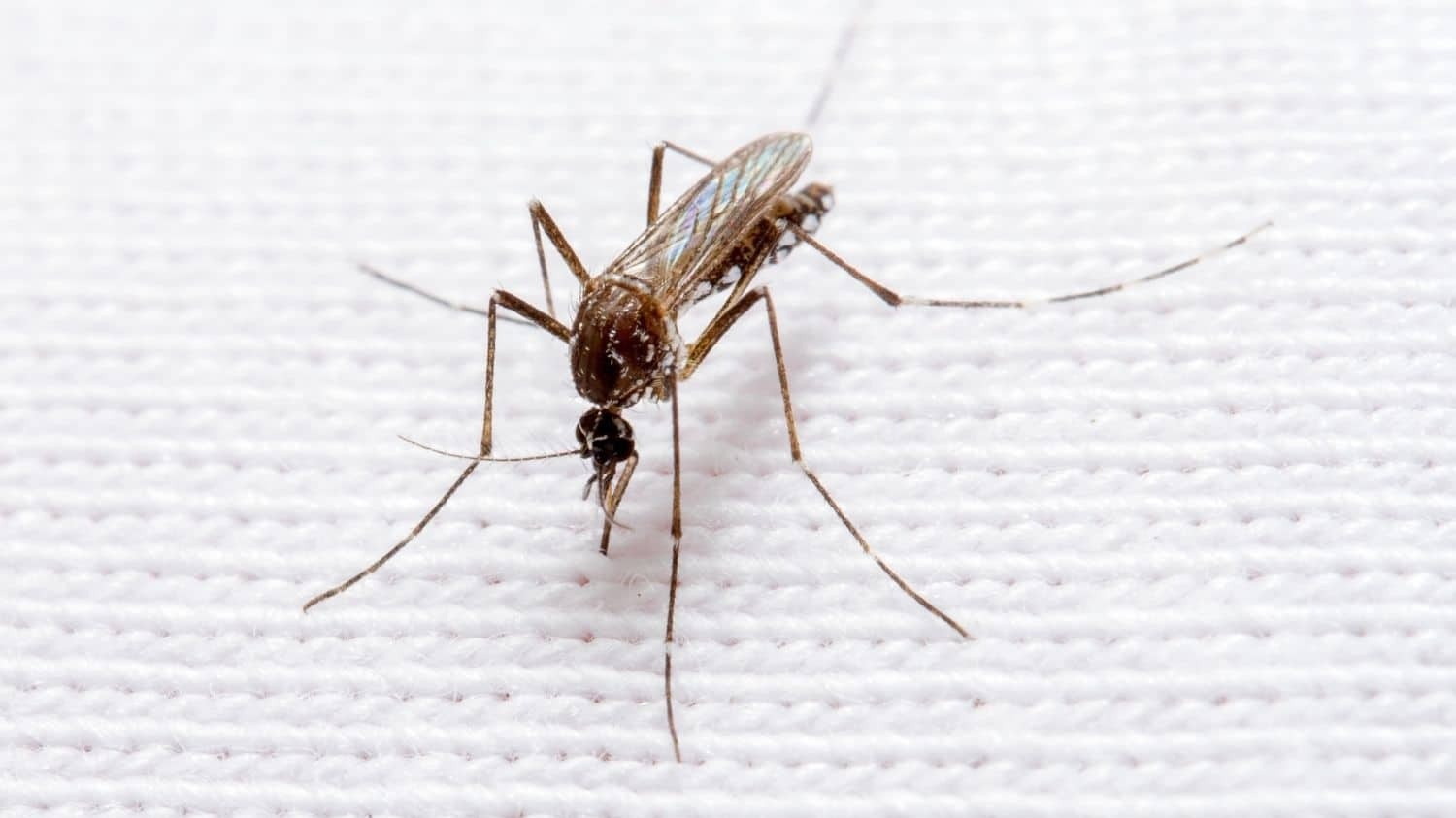Reviewed by Danielle Ellis, B.Sc.Oct 19 2023
The mapping of the mosquito’s tree of life by North Carolina State University researchers and international partners is a significant step in comprehending key characteristics, such as how the insects select their hosts, feed on blood, and transmit disease. The results will aid in improving predictions for modeling the spread of disease and elucidating the factors that contribute to some mosquitoes being more effective disease carriers than others.
 Researchers scoured academic literature and used new genomic techniques to create the mosquito family tree. Image Credit: Matt Bertone, NC State University.
Researchers scoured academic literature and used new genomic techniques to create the mosquito family tree. Image Credit: Matt Bertone, NC State University.
According to Dr Brian Wiegmann, William Neal Reynolds Professor of Entomology at NC State and corresponding author of the study explaining the mosquito family tree published in Nature Communications, the study suggests that mosquito evolution over the past 200 million years echoes the Earth's history of changing land masses and altering host organisms.
This ongoing project builds a big-data resource that mines the academic literature with published observations of the sources of blood mosquitoes drink, from animals as diverse as fish to humans. It focuses explicitly on data collection to infer aspects of mosquito biology in a contextualized way. That means linking up the family, or phylogenetic, tree with the narrative of life on Earth: geologic history, climate history and organism history.”
Dr. Brian Wiegmann, Study Corresponding Author and William Neal Reynolds Professor, Entomology, North Carolina State University
New genomic sequencing techniques also allowed the researchers to take decades-old mosquitoes, some of which were held in place by pins inside insect collections, and gather a great deal of information on their genetic similarities from just fragments of their genomes. This allowed the researchers to search through academic literature to gather as much published information about mosquitoes as possible.
Weigmann added, “A lot of research goes into the important mosquitoes and there is not much known about the incredible mosquito diversity across the globe. We now have the tools to sample genetic information more rapidly and very thoroughly. And so, the time was right to take a big stab at putting the disease vectors and the well-known mosquitoes into the context they evolved in.”
The researchers made a few noteworthy discoveries by combining genetic and published data, and they could be compared to existing patterns and distributions.
The mosquito is an extinct group that dates back around 217 million years. It most likely began on a single large landmass named Gondwana that had not yet broken apart, before South America was even a continent.
“Major events like continental drift certainly influenced the diversification of mosquitoes. The genomic data confirms that blood feeding evolved very early, before some vertebrate groups, like mammals and birds, were flourishing on Earth. Mosquitoes evolved right along with them with a new feeding strategy of developing hypodermic needles for mouths and feeding on blood in order for females to have plenty of protein to develop mature eggs,” Weigmann added.
Furthermore, according to Wiegmann, mosquitoes most likely fed on blood from dinosaurs, even if there are no gut contents from insects that lived hundreds of millions of years ago.
Weigmann further stated, “Before mammals became the main hosts on Earth, there had to be something else that mosquitoes fed on. Our research suggests that mosquitoes started out feeding on amphibians and then moved onto other groups – reptiles and birds – as those groups flourished during the Jurassic Era between about 200 million and 145 million years ago.”
Wiegmann stated that investigations on the mosquito family tree will continue.
“The family tree ends up being a road map for the kinds of adaptations that led to why some mosquitoes are such important vectors of disease and others are not. If we figure out which are the bad mosquitoes and put them in the context that led to the success of being vectors of human disease, then we can understand more about how similar pathways may be taken, or how we can predict why some mosquitoes are carriers of viruses and other are not,” Weigmann concluded.
Source:
Journal reference:
Soghigian, J., et al. (2023). Phylogenomics reveals the history of host use in mosquitoes. Nature Communications. doi.org/10.1038/s41467-023-41764-y